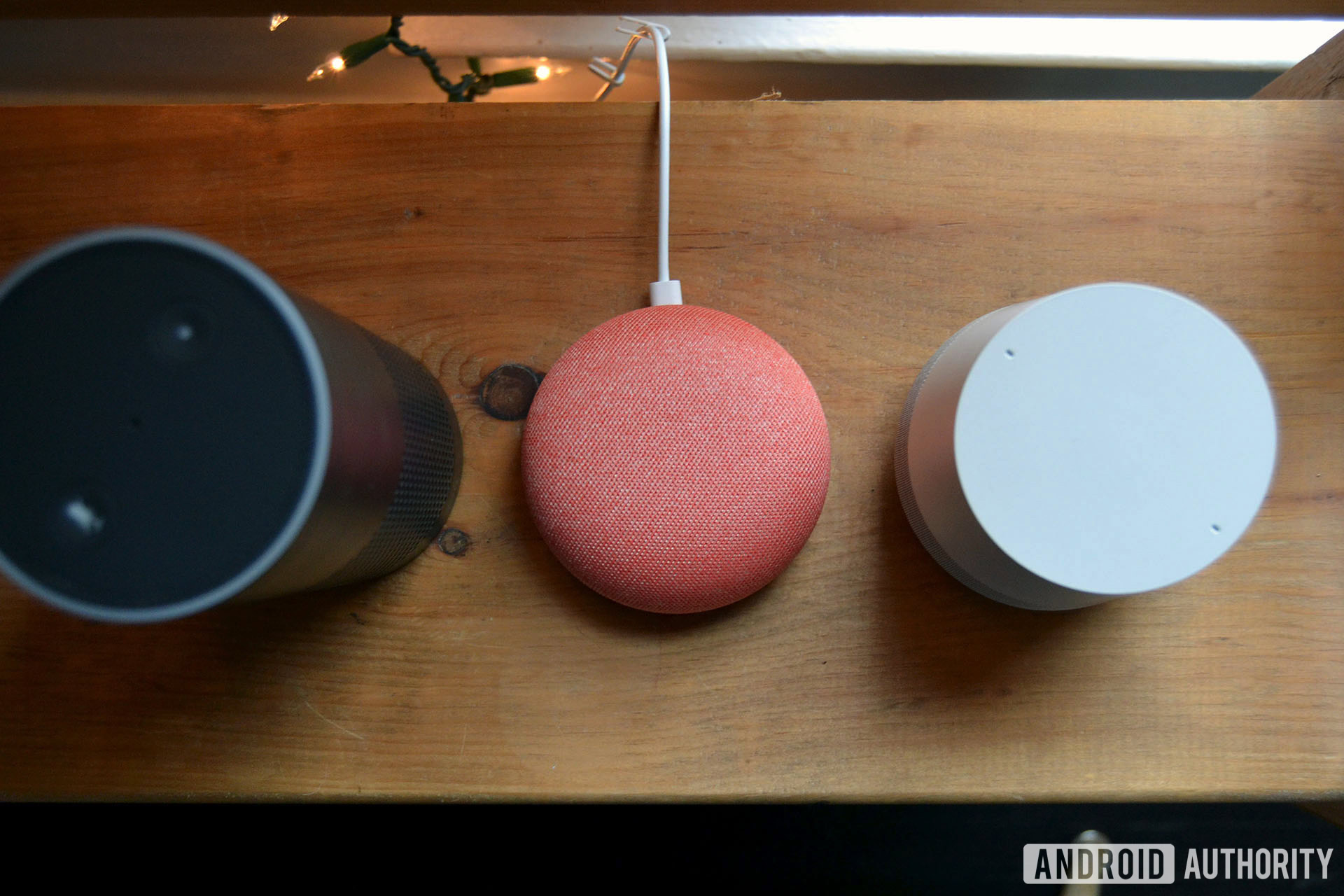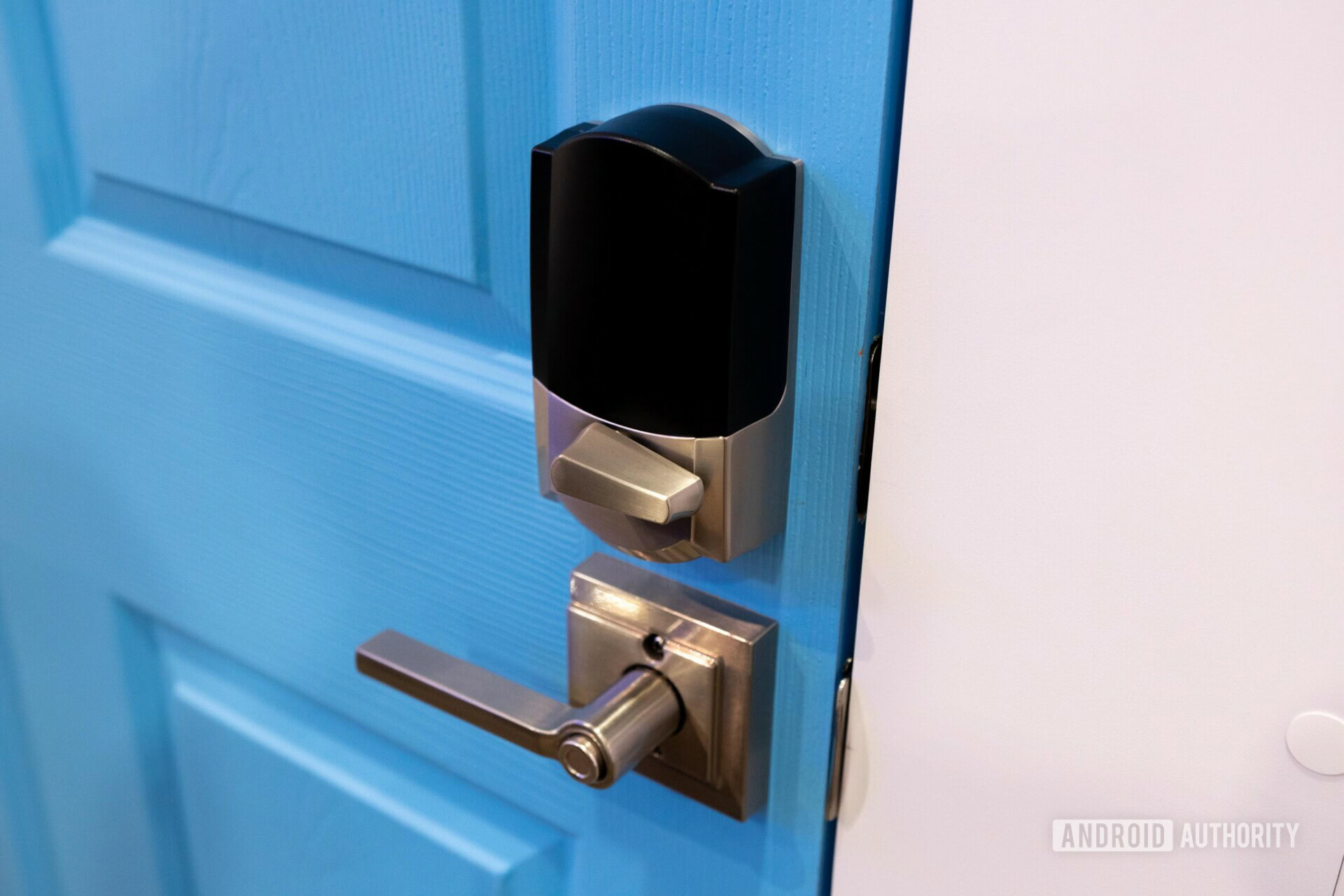Affiliate links on Android Authority may earn us a commission. Learn more.
Is it dumb that everything is "smart?"

Among the trends we see year in and year out at CES, is the tendency for companies to make “smart” products that don’t really need to be smart. “Better living through data”, we’re told, as the smart toothbrushes, smart locks, and smart sex toys are shoved at us. But is that really the case? We don’t think so. It seems a little cliche to dunk on weird smart gadgets, but the annual electronics show in Las Vegas has become synonymous with ill-conceived smart tech in recent years.
While it’s true that the best way to learn about how people use a product is to collect data about it, sometimes you really don’t need to overthink how you use certain tools. Sometimes, making a perfectly-functioning tool “smart” is pretty stupid.
The quest for funding
With tech booming, countless companies are popping up, hoping to snatch the attention of consumers and investors alike. To fund a business that relies on development and manufacturing, it’s hard to contextualize just how much money is typically involved. Small businesses burn through truckloads of cash to make a viable product, especially if it’s to compete with larger tech giants. There are countless stories of companies receiving funding through investors and crowdfunding alike, only to burn through it with a bad product, poor business strategy, or even just bad luck.
The pressure to succeed early is enormous for startups, so it’s no surprise that many of them wind up at the orgy of tech exhibitors looking to sell some product. It’s generally here that the reporters find the more entertaining products to cover, and over the years it’s become a sort of sport among journalists to find the craziest gadget for people to gawp at.

Which brings us to smart tech. The allure of smart devices as a small business is quite hard to ignore, as they open all sorts of avenues for monetization. Even if you fail, sometimes you can sell enough user data, ads, or even intellectual property to cover the bills, so smart tech is seen as a decent investment to some people. However, that cuts both ways: the willingness of investors to back unproven tech means this is often a category with more chaff than wheat.
Tools exist to make our lives easier
Easily one of my favorite Twitter follows is @internetofshit. If you’re okay with unsavory language, you can scroll through the countless examples of monumentally moronic implementations of “smart” products that actively defeat the original purposes they served. You can read about WiFi-connected deadbolts locking their owners out of their houses while firmware updates, lights unable to turn off at night for no reason, and refrigerators that can’t be repaired because plumbers generally don’t know how to code. It seems that by requiring a connection to the internet, manufacturers have created limitless new possibilities for failure.
This may seem a little silly to you, and that’s because it is. But all of these events really happen, and they’re more common than you might think. So why on earth do people keep buying these things? There must be a major upside to it, right? Well, probably not.

I’ve long been an outspoken critic of dumb smart devices, but what finally broke me this year was Kohler’s second smart toilet. It’s not that I take issue with soft lighting, intelligent use of water, or even a seat warmer — it’s that I really can’t believe we’re at the point where we’re covering an internet-connected commode for a second time. While a lot of its coverage centered around “haha there’s an Alexa in the crapper,” the truth of the matter is the product probably would be an excellent luxury item if only you didn’t need to control it with Google Assistant or Alexa.
Prolonging everyday tasks isn’t wise
Consider the tale of one Mark Rittman. This gentleman bought a “smart kettle” to upgrade his tea-drinking. Unfortunately, his smart kettle didn’t work so well out of the box, and refused to heat water. Though eventually he got it working after about 11 hours of fighting, he could have been enjoying tea within a minute or two if he had just stuck with the model that has a single switch. His story is one shared by anyone who’s tried to set up a smart home, and a warning to the rest of us.
“Do I need this?” is a pretty high bar to clear, but it’s a good metric to consider the utility of new products. Does the product offer something that makes your life easier, or performs a task better than its predecessor? Does it change the way you interact with your tools, or replace them more effectively? Sometimes smart home devices do this, despite my grumblings and reluctance to acknowledge it. Other times, the devices just make things a little more complex or slower to use via app, voice command, or platform integration.
Updating the firmware on my toothbrush. AMA pic.twitter.com/IuMCX3s7bK— Andrew Crow (@AndrewCrow) December 17, 2018
As you might expect, a lot of the products that are being shown off at trade shows like CES are very basic items with some sensors and antennas shoved into them. Most even work just as well without the “smart” stuff inside. For example: a deadbolt only needs to be operated when you’re physically at the door, so why bother making it susceptible to failures of remote control? Sure, there are probably a couple situations where it’d be nice to be able to lock it from afar, but is that absolutely necessary?
If your tool doesn’t work, it’s junk. I don’t think that’s a very controversial stance to take, given that when you buy something you expect it to do what it’s supposed to, right? So if you’re not willing to give your toothbrush persistent location access or if your toilet won’t flush unless you accept its EULA, it stands to reason that these are crappy products in more ways than one. Some things just don’t need to be smart, and the pursuit of chasing more efficiency in daily life seems to be complicating it in a few ways.
Maybe there will be a point one day where all the normal tasks we have are automated, but until a regular ol’ hammer isn’t as effective as something with WiFi jammed in it, consider that you may just be better off with the money you save not getting the expensive one.
Unintended consequences
While it’s a bit less of a problem now, the mad dash to flood the market with internet-connected things has lead to some avoidable disasters. For example, so many new manufacturers to the space has led to lapses of ethics, and security. It’s not fair to bash any one company more than others over it, but the fact remains that smart devices can put your personal information in danger by a company just getting its legs under itself in smart tech. Connected devices are a new frontier, and there are so many complicated issues surrounding their implementation that oversights are depressingly far more common than you may realize.

Like I said, nobody wants you to become a victim of identity theft or snooping — but a surprisingly high amount of smart devices will make it a lot easier for that to happen. Headphone manufacturers have had a particularly tough time with security, and many smart products straight-up collect user data, like Bose was accused of in 2017.
Other issues that have plagued smart devices is their unintended use as parts of botnets to attack others, inability to ignore recorded voices, and leaking audio that should never have left the house. Depending on the product, you can leak just about any information it might have, including some incredibly sensitive insight into your bedroom. Have a fever? Get ready for some targeted ads while you’re under the weather! Complain in a review? Now your garage won’t open!
Though I’m not going to tell you that you shouldn’t enjoy a smart device, they do tend to create some problems where none existed before — all completely avoidable by just using the tools we have that already work. The best way to avoid issues with smart tech is to take a deep breath, relax, and ask yourself: “Am I an idiot for buying this?”